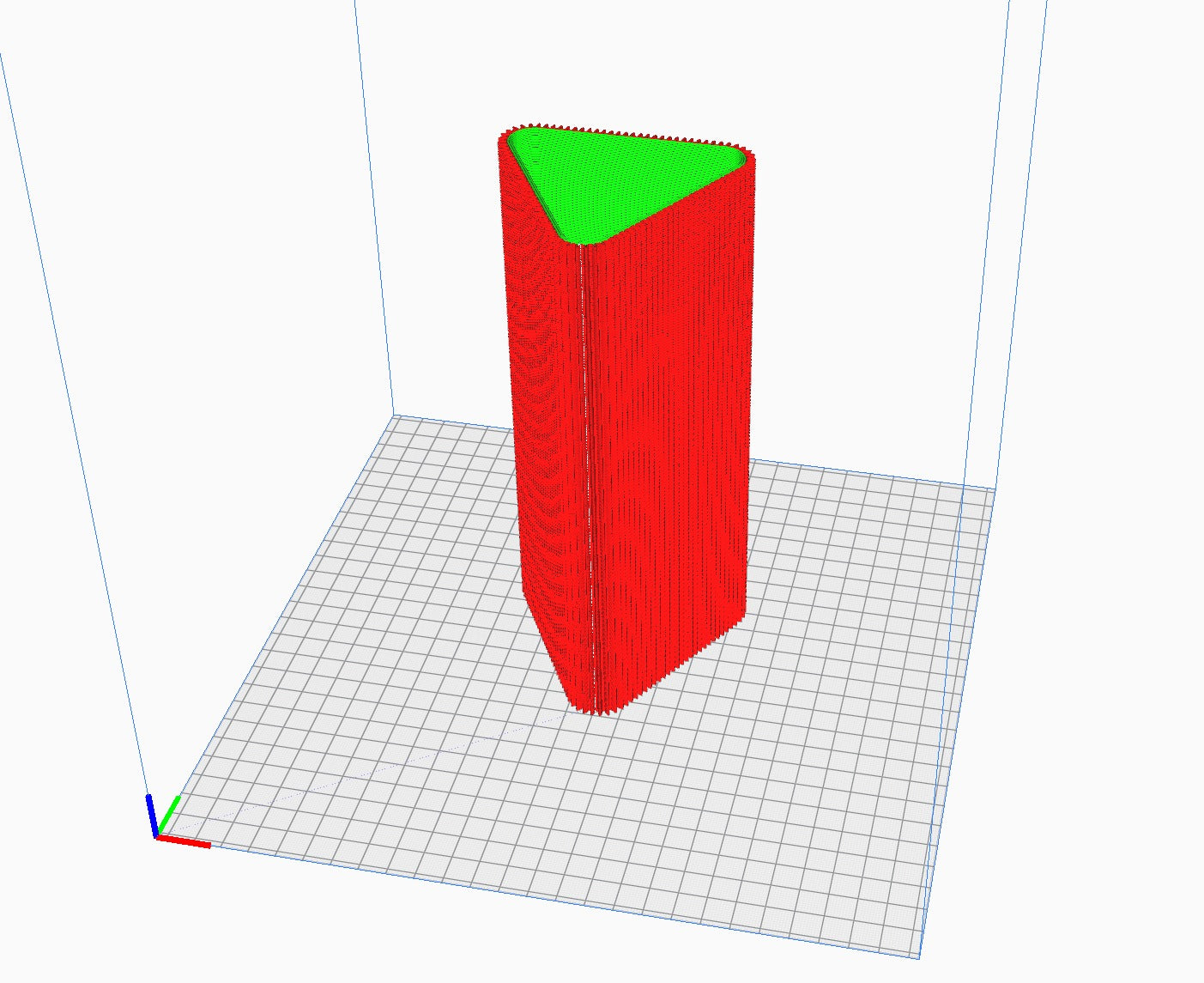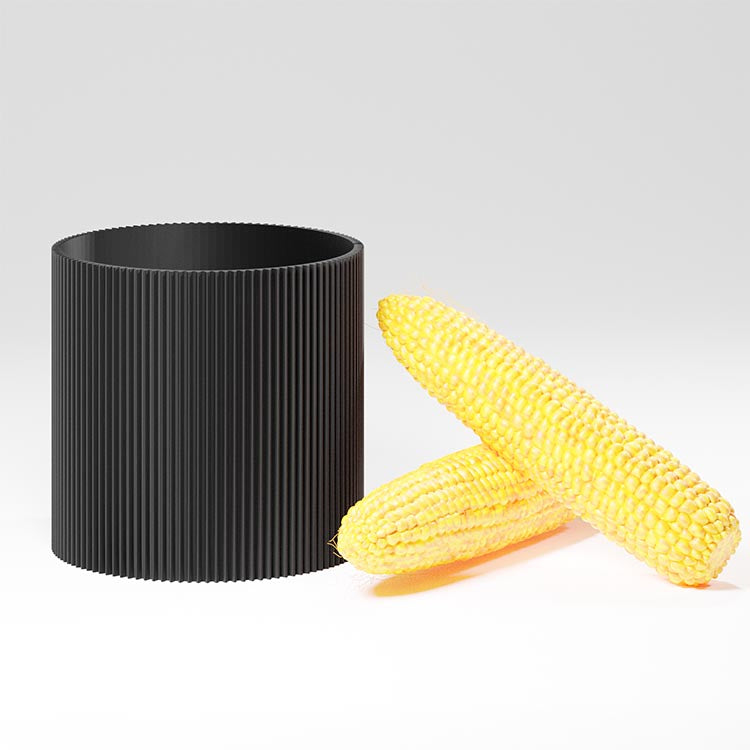PROCESS.
THIS IS OUR SUSTAINABLE MANUFACTURING.
In order to use as little material and energy as possible for the manufacture of our products, we work with the most modern manufacturing processes. This includes additive manufacturing, also known colloquially as 3D printing. Here we can manufacture a product within a few hours and use less energy and raw materials than with conventional processes.
THE ADVANTAGES.
-

PROCESS.
-

MATERIAL.
-

ENERGY.



